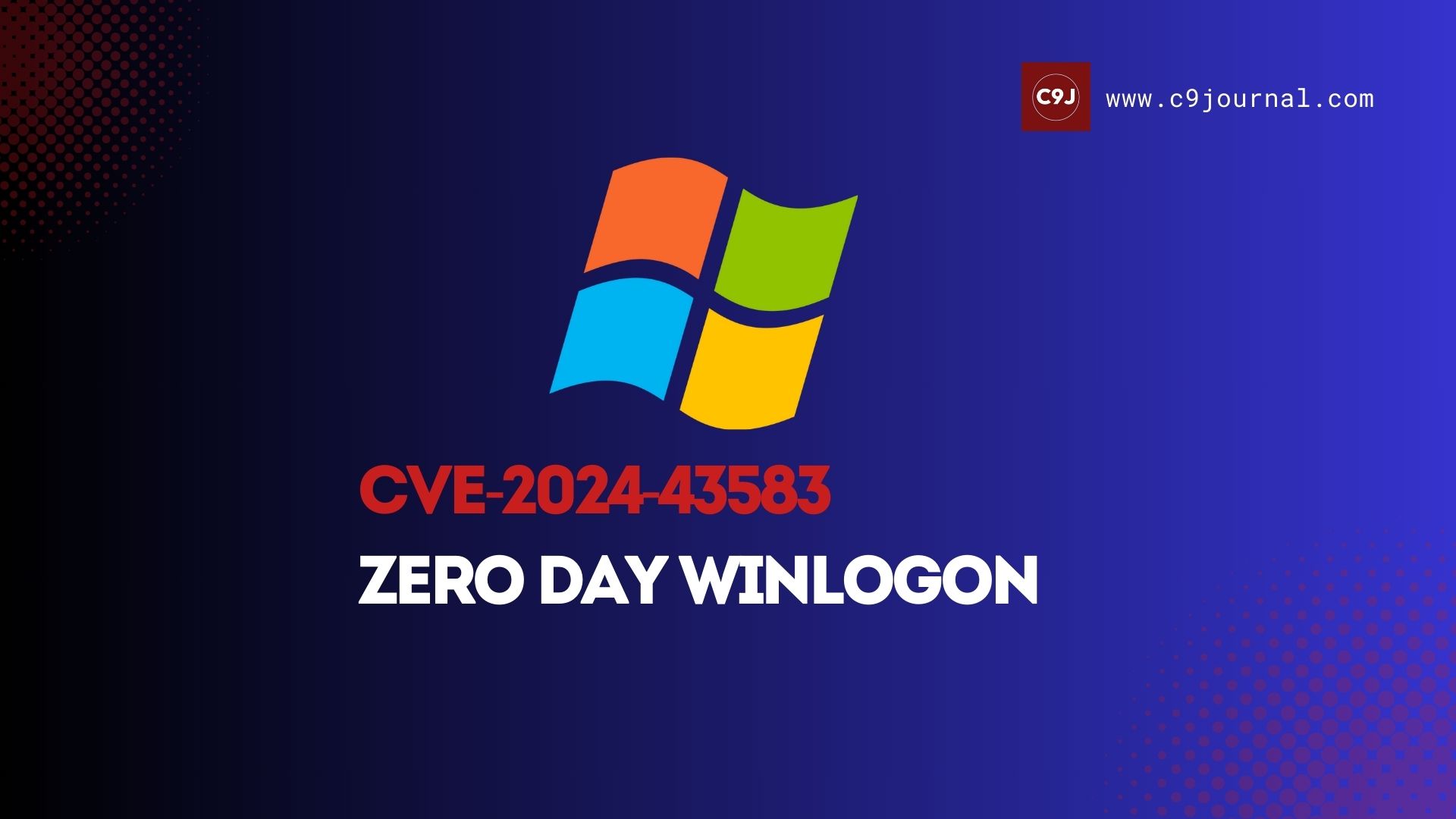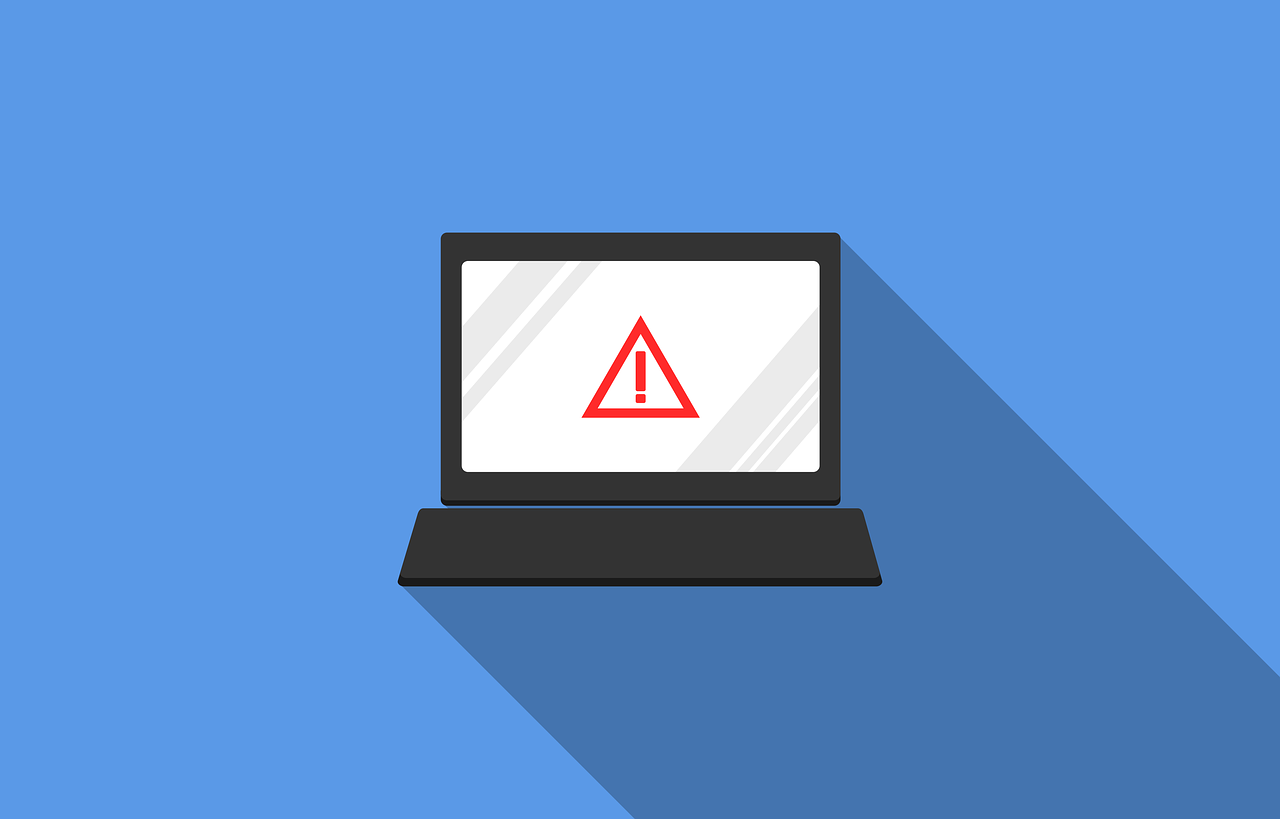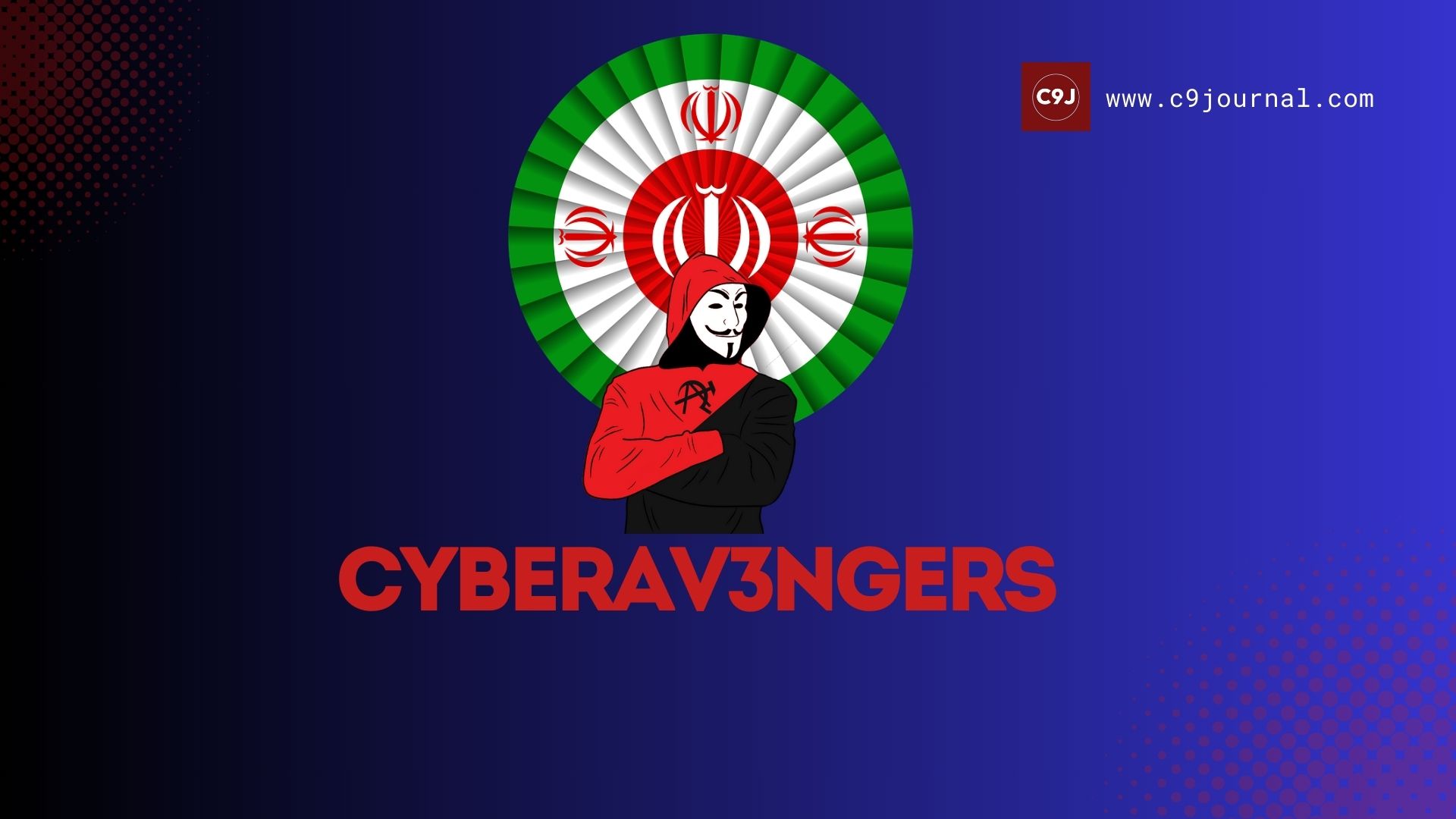
CVE-2024-43583 is a newly disclosed zero-day vulnerability affecting Winlogon—a critical component in Windows responsible for handling login processes. This flaw allows privilege escalation, enabling an attacker to gain SYSTEM-level access on compromised systems. Public disclosure of this vulnerability ahead of a patch has raised concern among security professionals.
Since attackers need local access to exploit it, this vulnerability is particularly dangerous in cases where an adversary already has a foothold on a machine through phishing, malware, or other means.
How the Attack Works:
- The attacker first gains access to a system with limited privileges (e.g., as a regular user).
- Using the Winlogon vulnerability, they escalate their access to the SYSTEM level.
- Once SYSTEM access is achieved, the attacker can control every aspect of the operating system, including installing malware, disabling security services, or exfiltrating sensitive data.
This vulnerability is likely to be weaponized by ransomware gangs and Advanced Persistent Threats (APTs) to further penetrate and compromise enterprise networks.
Mitigation Recommendations:
- Apply Security Updates: Ensure your systems are updated as soon as Microsoft releases a patch.
- Restrict Access: Limit access to critical systems and enforce multi-factor authentication (MFA) for users.
- Monitor Logs: Watch for unusual login attempts or system access patterns, which could indicate privilege escalation attempts.
- Limit Local Admin Access: Minimize the number of local admin accounts on machines to reduce the risk of escalation.
How to Mitigate CVE-2024-43583 Manually (Before the Patch):
Until Microsoft releases a patch, the following manual mitigation steps can help reduce exposure to this vulnerability:
- Disable Remote Desktop Protocol (RDP):
- If RDP is not essential, disable it to limit remote access possibilities.
Command
- If RDP is not essential, disable it to limit remote access possibilities.
net stop termserviceThis prevents attackers from gaining local access remotely.
- Restrict User Accounts:
- Ensure that users on the system do not have administrative privileges by default.
- Audit accounts and remove unnecessary or unused local admin accounts.
- Enable Credential Guard:
- Use Windows Defender Credential Guard to protect sensitive data such as NTLM hashes and Kerberos tickets from being stolen and used for privilege escalation.
Path:
Group Policy → Computer Configuration → Administrative Templates → System → Device Guard
- Use Windows Defender Credential Guard to protect sensitive data such as NTLM hashes and Kerberos tickets from being stolen and used for privilege escalation.
- Enable Local Security Authority (LSA) Protection:
- This will protect the LSA process, which stores authentication information, from being tampered with. Command:
- This will protect the LSA process, which stores authentication information, from being tampered with. Command:
reg add "HKLM\SYSTEM\CurrentControlSet\Control\Lsa" /v RunAsPPL /t REG_DWORD /d 1 /f- Monitor and Log Login Activity:
- Use Windows Event Logs to monitor unusual logins, especially changes to user privileges or unexpected SYSTEM access attempts.
Path: Event Viewer → Windows Logs → Security
- Use Windows Event Logs to monitor unusual logins, especially changes to user privileges or unexpected SYSTEM access attempts.
- Disable Unused Services:
- Identify and disable unnecessary services that could provide entry points or be exploited during lateral movement.
- Block NTLM Traffic:
- Configure systems to use Kerberos authentication instead of NTLM to limit the use of weaker protocols.
Group Policy → Computer Configuration → Policies → Security Settings → Local Policies → Security Options → Network Security: Restrict NTLM
- Configure systems to use Kerberos authentication instead of NTLM to limit the use of weaker protocols.
Risk & Impact:
- Full System Takeover: SYSTEM access gives the attacker complete control, allowing for data theft or full compromise of operations.
- Disabling Security Controls: Attackers can turn off antivirus solutions, deploy rootkits, and install backdoors.
- Lateral Movement: With high-level privileges, adversaries can pivot to other systems within a network, making it difficult to contain the attack.
Conclusion:
This zero-day emphasizes the importance of proactive defense measures, especially as critical components like Winlogon become targets. Organizations should implement layered security strategies to detect and block unauthorized activity. Security teams must also remain vigilant, monitoring for the official patch release from Microsoft.
Businesses are strongly encouraged to restrict access and use intrusion detection systems to stay ahead of potential attackers leveraging this vulnerability.







